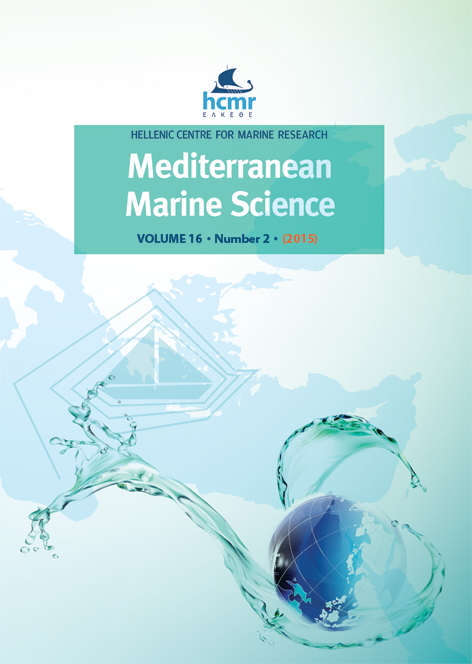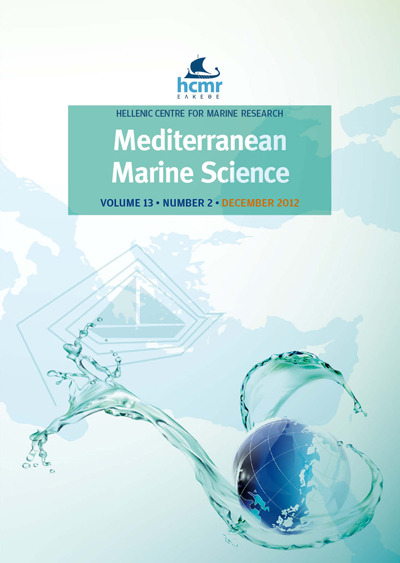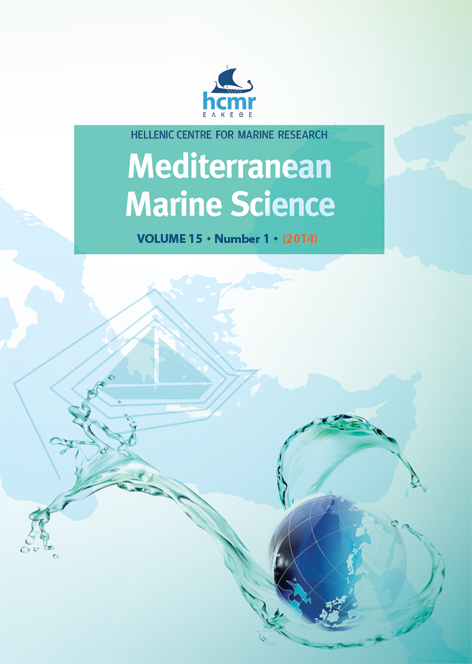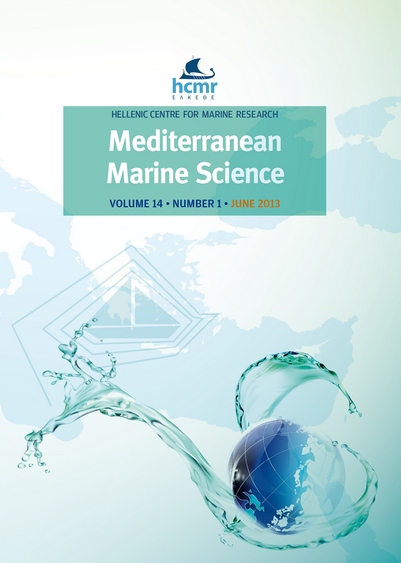Zooplankton community dynamics in the N. Aegean front (E. Mediterranean) in the winter spring period
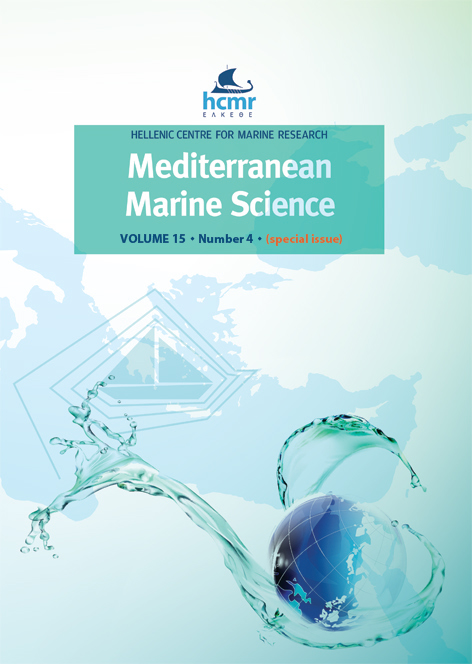
Abstract
Zooplankton community composition was studied in the North Aegean frontal area in the winter-spring period along a trophic gradient going from the less saline and cold modified Black Sea water to the high salinity and temperature waters of Levantine origin. Samples were collected at the upper 100 m of three stations positioned along this gradient by using three nets with different mesh sizes (45 μm, 200 μm and 500 μm). Τhe community composition (all sizes) was differentiated along the gradient with smoother seasonal succession and higher diversity with increasing oligotrophy and salinity. The temporal variability of the community composition revealed significant changes in the January-April period as well as gradual decrease of diversity index values at the station positioned within the front. The major characteristic at this station was the abrupt increment and dominance of Centropages typicus in April, especially within the layer occupied by the modified Black Sea water. Significant difference in the community composition between March and April was a common feature in the whole study area and for all zooplankton fractions, though not of the same strength. The inflow of the Black Sea water and the trophic gradient were found to be important factors for the observed temporal variability and its spatial differentiation, while changes in the phytoplankton and protozoa abundance and community composition could account for the seasonal succession in species dominance.
Article Details
- How to Cite
-
SIOKOU, I., FRANGOULIS, C., GRIGORATOU Μ., & PANTAZI, M. (2014). Zooplankton community dynamics in the N. Aegean front (E. Mediterranean) in the winter spring period. Mediterranean Marine Science, 15(4), 706–720. https://doi.org/10.12681/mms.915
- Section
- Special Issue MEDIAS
Authors who publish with this journal agree to the following terms:
- Authors retain copyright and grant the journal right of first publication with the work simultaneously licensed under a Creative Commons Attribution Non-Commercial License that allows others to share the work with an acknowledgement of the work's authorship and initial publication in this journal.
- Authors are able to enter into separate, additional contractual arrangements for the non-exclusive distribution of the journal's published version of the work (e.g. post it to an institutional repository or publish it in a book), with an acknowledgement of its initial publication in this journal.
- Authors are permitted and encouraged to post their work online (preferably in institutional repositories or on their website) prior to and during the submission process, as it can lead to productive exchanges, as well as earlier and greater citation of published work (See The Effect of Open Access).






